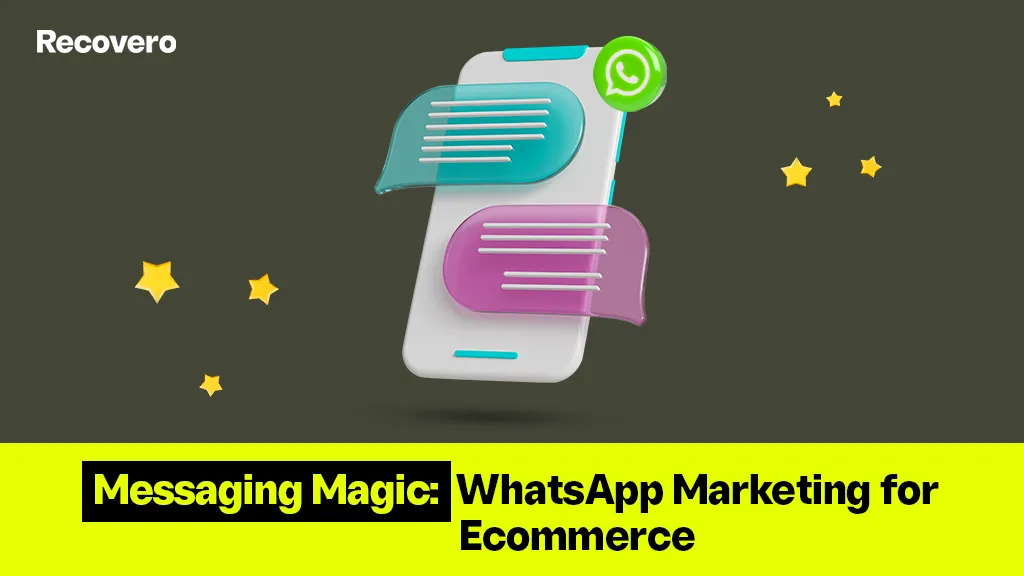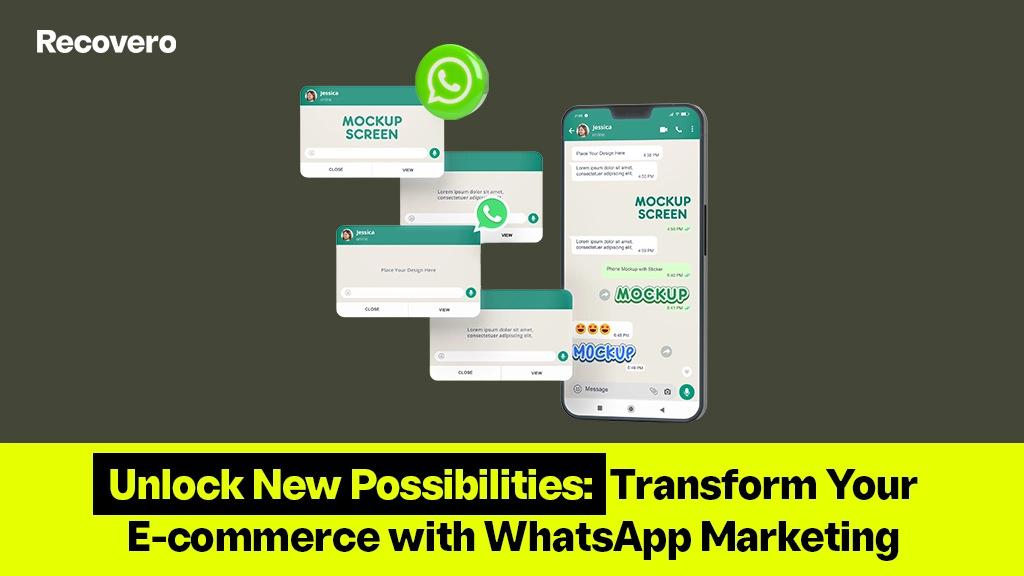The power of SMS marketing in driving sales:
In the fast-paced world of digital marketing, SMS marketing has emerged as a powerful tool for driving sales. With its direct and immediate nature, SMS allows businesses to reach their customers instantly and deliver targeted messages that can increase conversions and revenue. This article will explore practical strategies for leveraging SMS marketing to drive more sales for your business.
Building an effective SMS marketing strategy to drive sales:
- Understanding your target audience: Identify your target audience’s demographics, preferences, and behaviours to tailor your SMS marketing approach.
- Setting clear goals and objectives: Define specific goals, such as increasing sales, boosting customer engagement, or driving website traffic, to guide your SMS marketing strategy.
- Choosing the right SMS marketing platform: Select a reliable SMS marketing platform that offers features such as contact management, message scheduling, and analytics to support your campaign.
Crafting compelling SMS marketing messages to drive sales:
- Personalized product recommendations: Send personalized product recommendations based on customer preferences and purchase history to pique their interest and drive sales.
- Exclusive discounts and promotions: Offer exclusive discounts, promotions, or limited-time offers to create a sense of urgency and encourage immediate purchases.
- Urgency and scarcity tactics: Use urgency-inducing language and highlight limited stock or time-sensitive deals to prompt customers to take action.
Segmenting your audience for targeted campaigns:
- Demographic segmentation: Divide your audience based on demographic factors such as age, gender, location, or interests to send targeted messages that resonate with their needs.
- Behavioural segmentation: Segment customers based on their past purchase behaviour, browsing history, or engagement with your brand to deliver highly relevant and personalized offers.
- Purchase history segmentation: Target customers who have previously purchased similar products or shown interest in specific categories to promote cross-selling or upselling opportunities.
Optimizing SMS delivery and timing:
- Ensuring message deliverability: Use a reputable SMS gateway provider to ensure your messages reach your customers’ mobile devices reliably.
- Timing your messages for maximum impact: Schedule your SMS campaigns to align with your customer’s preferences and behaviours, such as sending messages during peak shopping or before special occasions.
- Frequency of SMS campaigns: Strike a balance between staying top-of-mind with your customers and avoiding message fatigue by determining the optimal frequency for your SMS campaigns.
Leveraging automation and personalization:
- Automated transactional messages: Set up automated SMS messages for order confirmations, shipping updates, or delivery notifications to keep customers informed and engaged.
- Personalized SMS greetings and offers: Address customers by name and tailor offers based on their preferences to create a personalized and memorable experience.
- Dynamic content based on customer preferences: Use customer data to dynamically generate SMS content, such as recommending related products or showcasing personalized discounts.
Encouraging customer engagement and interaction:
- Call-to-action prompts: Include clear and concise calls-to-action in your SMS messages to direct customers to take specific actions, such as visiting your website or making a purchase.
- Interactive SMS campaigns: Engage customers by incorporating interactive elements, such as polls, surveys, or contests, that encourage their active participation and increase brand interaction.
- Two-way communication and feedback: Enable customers to respond to your SMS messages, ask questions, or provide feedback, fostering a sense of dialogue and building stronger customer relationships.
A/B testing and optimization:
- Testing different message variations: Experiment with different message formats, tones, or offers to identify the most effective approach that resonates with your target audience.
- Analyzing results and refining your approach: Monitor key metrics, such as open rates, click-through rates, and conversion rates, and use the insights gained to refine your SMS marketing strategy.
- Iterative improvements for better performance: Continuously iterate and optimize your SMS campaigns based on the data and feedback collected to achieve better results over time.
Complying with regulations and privacy for SMS marketing to drive sales:
- Obtaining proper consent: Ensure that you have obtained proper consent from customers before sending them SMS marketing messages to comply with privacy regulations.
- Including opt-out instructions: Communicate how customers can opt out of receiving SMS messages from your business to respect their preferences and maintain a positive brand image.
- Safeguarding customer data: Implement robust security measures to protect customer data and ensure compliance with data protection regulations.
Tracking and measuring campaign success for SMS marketing to drive sales:
- Monitoring key performance indicators: Track metrics such as delivery rates, open rates, click-through rates, and conversion rates to assess the effectiveness of your SMS marketing campaigns.
- Measuring conversion rates: Analyze the percentage of SMS recipients who take the desired action, such as making a purchase or subscribing to a service, to measure the conversion rate.
- Analyzing ROI and revenue generated: Calculate the return on investment (ROI) by comparing the revenue generated from your SMS campaigns with the associated costs to determine the profitability.
Integrating SMS with other marketing channels to drive sales:
- Syncing SMS with email marketing: Combine SMS and email marketing efforts to create a cohesive customer journey and maximize reach across multiple channels.
- Incorporating SMS in social media campaigns: Use SMS as a complementary channel in your social media campaigns by including SMS call-to-action prompts or integrating SMS features within social media platforms.
- Coordinating SMS with other digital channels: Coordinate your SMS marketing efforts with other digital channels, such as your website, mobile app, or online advertising, to create a seamless customer experience.
Conclusion:
In conclusion, SMS marketing is a powerful tool that can significantly impact sales for e-commerce businesses. By understanding your target audience,
- crafting compelling messages,
- segmenting your audience,
- optimizing delivery and timing,
- leveraging automation and personalization,
- encouraging customer engagement,
- conducting A/B testing,
- complying with regulations,
- tracking and measuring campaign success,
- and integrating SMS with other marketing channels,
you can drive more sales and achieve higher conversions. Incorporate these strategies into your marketing efforts to harness the full potential of SMS marketing and take your e-commerce business to new heights.




